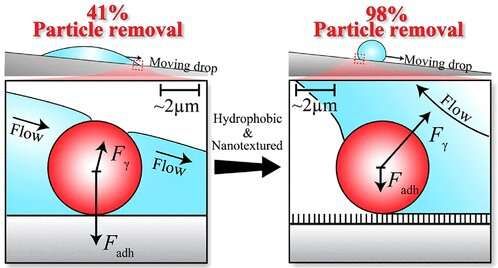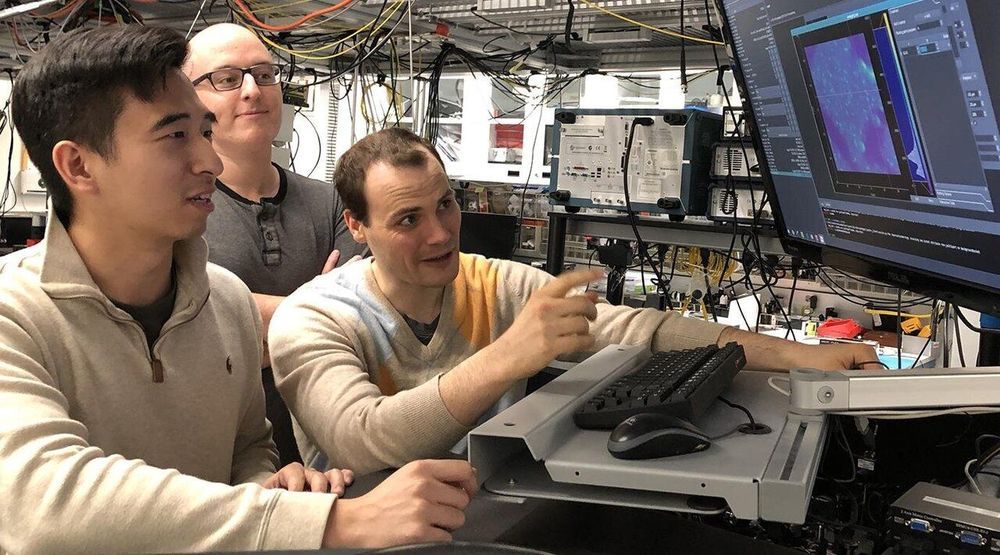Lancaster University researchers have discovered, for the first time, how a genetic alteration that increases the risk of developing Autism and Tourette’s impacts on the brain.
Their research also suggests that ketamine, or related drugs, may be a useful treatment for both of these disorders.
Autism affects an estimated 2.8 million people in the UK while Tourette’s Syndrome — a condition that causes a person to make involuntary sounds and movements called tics –affects an estimated 300,000 people in the UK. The treatments available for both disorders are limited and new treatments are urgently required. Recent research has also shown that these disorders are genetically linked.









